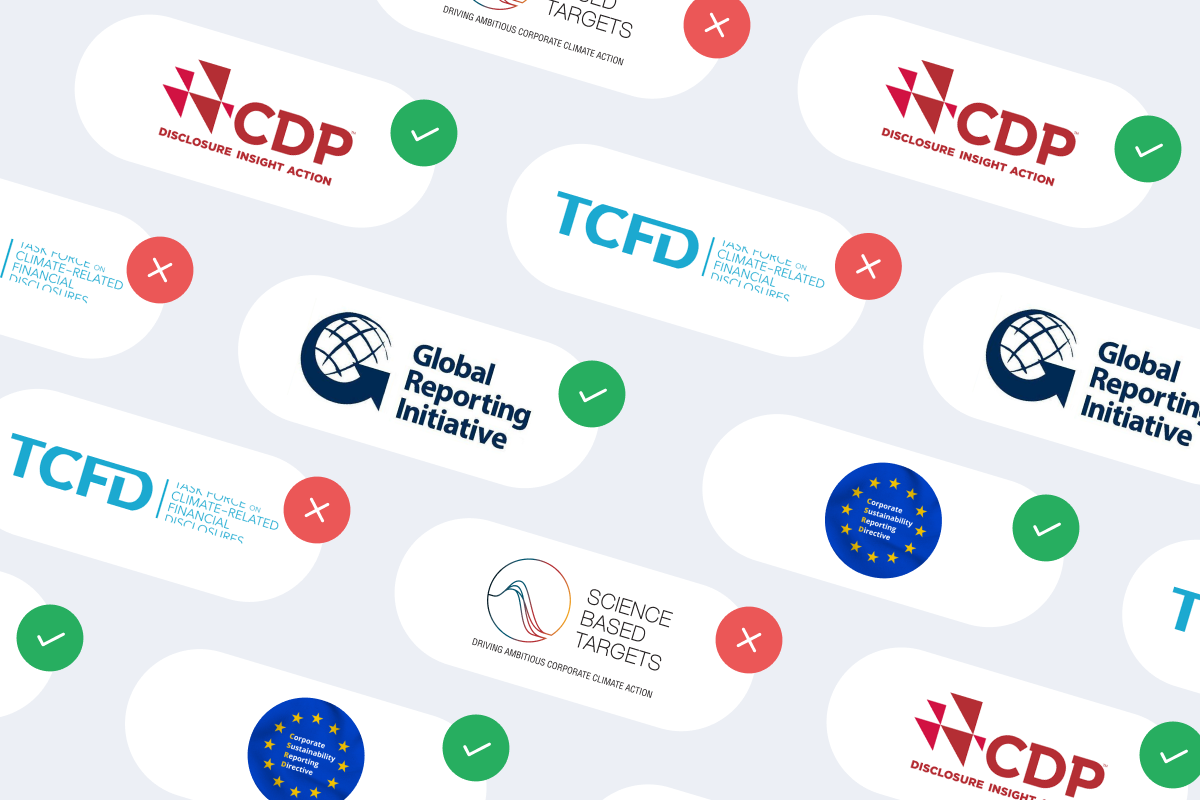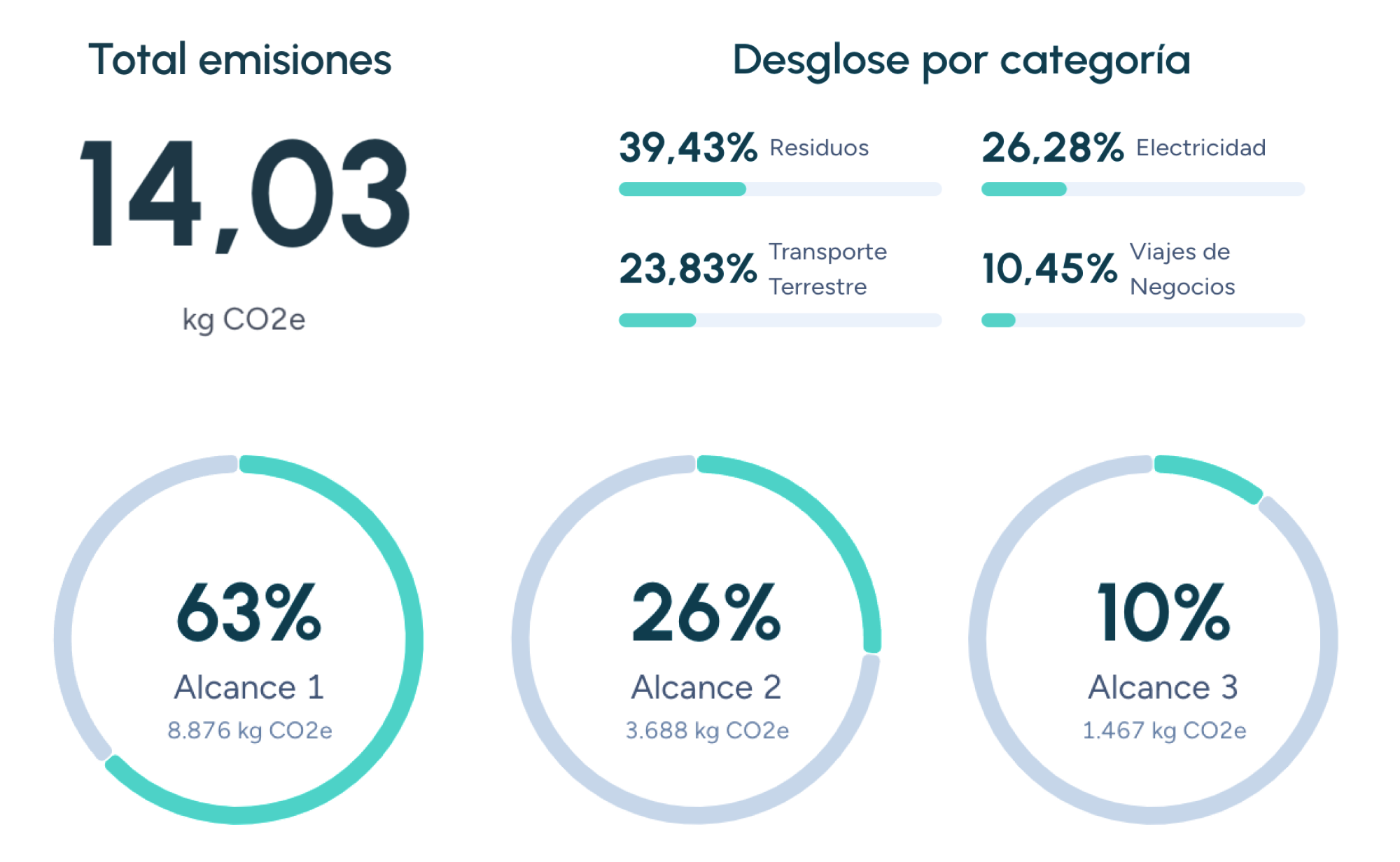Carbon footprint registry
The carbon footprint registry is a key tool for measuring, managing, and reducing greenhouse gas (GHG) emissions associated with human and business activities. In a global context where climate change represents one of the greatest challenges, maintaining an accurate and up-to-date carbon footprint record is essential for implementing decarbonization strategies and meeting international climate objectives, such as those established in the Paris Agreement.
What is a carbon footprint registry?
A carbon footprint registry is the process of quantifying, documenting, and storing GHG emissions generated by an organization, product, service, or individual. These emissions are measured in carbon dioxide equivalent (CO₂e), allowing for comparability across different gases within a standardized framework.
Carbon footprint measurement is categorized into three scopes, according to the GHG Protocol, the most widely used emissions accounting standard worldwide:
- Scope 1 emissions: Direct emissions from sources controlled by the organization, such as company-owned vehicles or industrial processes.
- Scope 2 emissions: Indirect emissions associated with purchased electricity, heat, or steam.
- Scope 3 emissions: Indirect emissions from the value chain, such as product transportation, employee travel, or the use of sold products.
A carbon footprint registry goes beyond just calculating emissions; it also involves maintaining a detailed record to analyze trends, identify areas for improvement, and comply with regulatory requirements.
The importance of carbon footprint registration
Tracking the carbon footprint is a crucial step toward sustainability and climate change mitigation. Key reasons why this process is essential include:
1. Regulatory compliance and certification access
In many countries, businesses are required to report their GHG emissions, especially in high-emission industries. In Spain, for example, the Ministry for the Ecological Transition and the Demographic Challenge (MITECO) provides a certification system for companies that register and reduce their carbon footprint.
2. Identifying reduction opportunities
A detailed registry allows organizations to pinpoint major emission sources and develop reduction strategies. This could involve adopting more efficient technologies, transitioning to renewable energy, or optimizing logistics processes.
3. Enhancing corporate reputation
Companies that demonstrate a commitment to sustainability and emissions transparency gain trust from consumers, investors, and stakeholders.
4. Access to incentives and funding
Registering and reducing the carbon footprint can unlock grants, contracts, and financial incentives. In the European Union, for example, sustainability-focused companies benefit from funding programs that reward environmentally responsible practices.
How is a carbon footprint registry conducted?
The process of carbon footprint registration involves several stages, from data collection to report generation. The main steps include:
1. Data collection
The first step is gathering information on activities generating emissions, such as energy consumption, transportation, and industrial processes.
2. Emissions calculation
Once data is collected, specific emission factors are applied to calculate GHG emissions. These factors, provided by international organizations such as the Intergovernmental Panel on Climate Change (IPCC), vary depending on the emission source.
3. Data analysis and classification
Analyzing the collected data helps identify trends and prioritize actions.
4. Registration and storage
Emissions data is stored in a tracking system, allowing for historical analysis and ensuring compliance with audits, reporting obligations, and sustainability goals.
5. Report generation
Finally, reports summarizing registered emissions, implemented actions, and obtained results are created. These reports can be independently audited and used to comply with regulations or communicate sustainability efforts to stakeholders.
Benefits of carbon footprint registration
Beyond the advantages mentioned, carbon footprint registration provides additional significant benefits:
- Resource optimization: Identifying inefficiencies can lead to substantial cost savings.
- Future preparedness: Businesses that integrate sustainability today are better positioned to adapt to future environmental regulations.
- Internal awareness: Engaging employees in emissions tracking and reduction fosters a corporate culture committed to sustainability.
The role of technology in carbon footprint registration
Technology plays a critical role in simplifying and optimizing carbon footprint tracking. Advanced solutions, such as those provided by Manglai, enable businesses to:
- Automate processes: From data collection to report generation, automation reduces errors and saves time.
- Provide real-time analytics: Allowing for faster decision-making and timely corrective actions.
- Integrate multiple data sources: Improving accuracy and efficiency in footprint tracking.
Register your carbon footprint with manglai
A carbon footprint registry is an indispensable tool for measuring, managing, and reducing GHG emissions. In an era of increasing focus on sustainability, companies that adopt this approach not only contribute to climate action but also gain significant competitive advantages.
With technological solutions like Manglai, the registration process becomes more accessible, accurate, and efficient, enabling organizations to focus on what truly matters: building a more sustainable future for all.
Companies that trust us

Carbon footprint verification
Ensure the accuracy and verification of your carbon footprint. Learn about certification, standards such as the GHG Protocol and ISO 14064, and best practices with Manglai.
Carbon gap analysis
Learn what carbon gaps are and how to analyze them to reach your sustainability goals. Understanding the difference between your current emissions and your climate targets is vital.
Carbon intensity (CI)
Carbon intensity is a key indicator for measuring CO₂ emissions per unit of activity, essential in the fight against climate change and carbon footprint management.
Guiding businesses towards net-zero emissions through AI-driven solutions.
© 2025 Manglai. All rights reserved
Política de Privacidad


